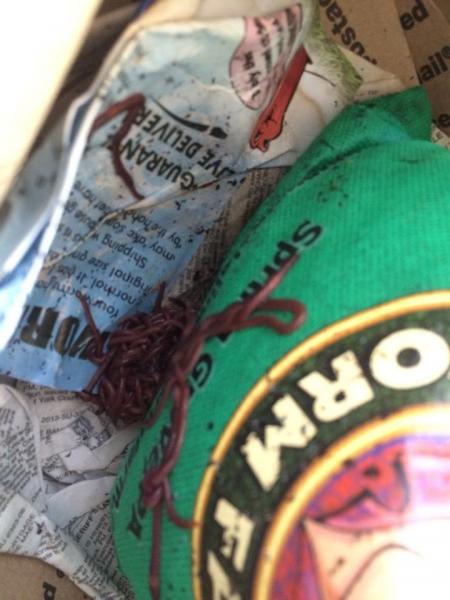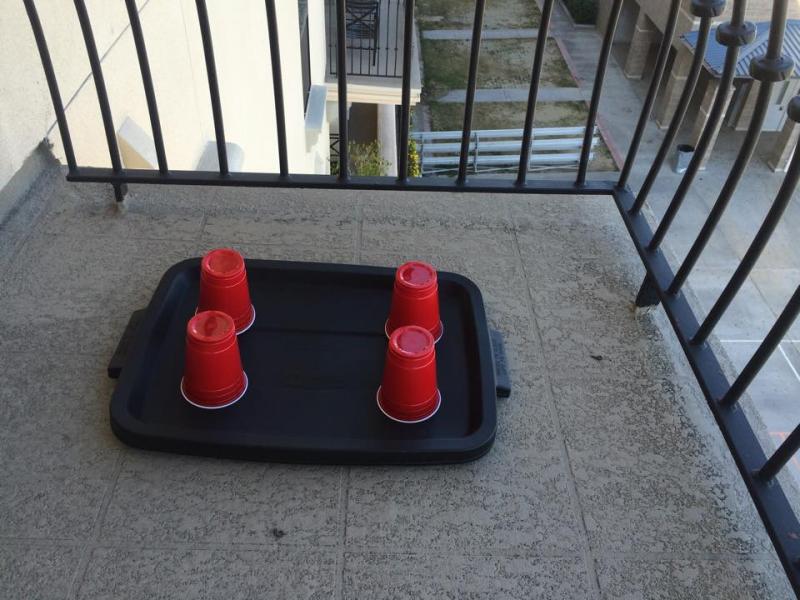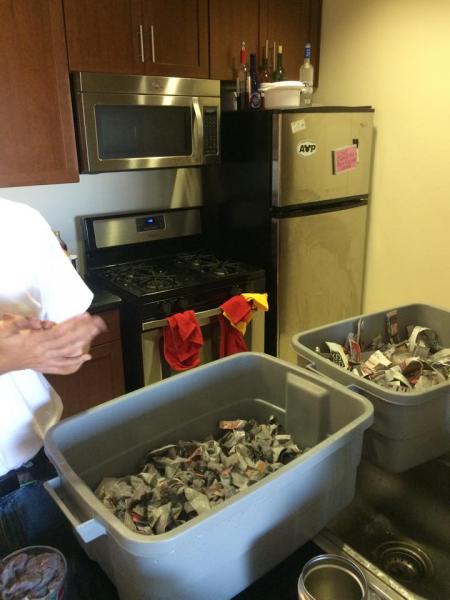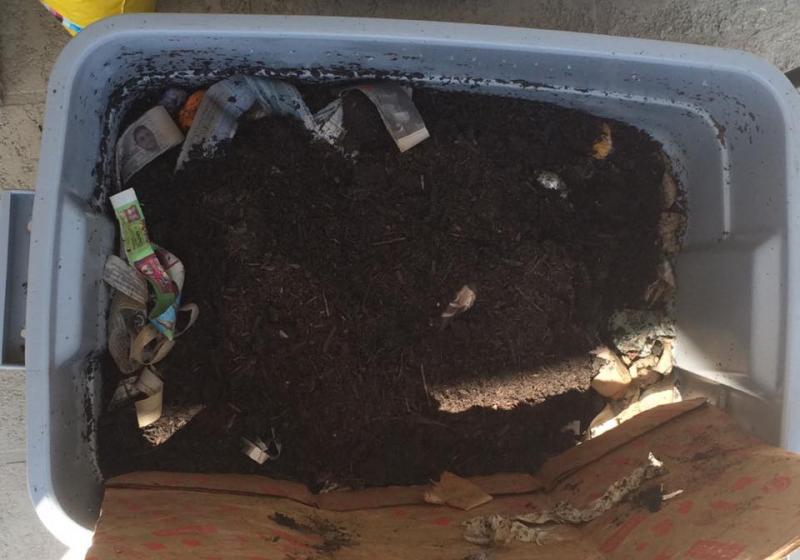Sustainable Dorm Living: Project Wormsmeat
Of all the stuff we send to the landfill, 72 percent of it is organic. What isn’t recycled or composted gets sealed in cement-walled tombs underground, where, without air, it produces damaging methane. Even though our recycling systems are becoming more efficient, the sheer tonnage of our waste means that not everything that can be recycled will be. And the stuff that does will be recycled at a great energy cost.
So the name of the game for us, the sympathetic, eco-intelligent youth, is to start chipping away at that 4.38 pounds we send every day out our apartment or dorm window. Our goal is to strangle the landfill problem at its source. Last Thursday the USC Office of Sustainability held a workshop on composting, one of the easiest ways to recycle food waste. Composting means collecting a bunch of organic material together and giving it the oxygen and water necessary to decompose into a nutrient-rich soil. This hyper-nutritious gunk, often called humus, is great for gardening.
The workshop used USC Urban Garden’s compost as a model, which consists of three heaping piles of leaves and greens enclosed in old wooden panels on the side of the house. But seeing as most of us students have no backyard to speak of, I’d like to reproduce their advice in the context of indoor composting. And not just any, punch-holes-in-a-bin, fill-it-with-soil, leave-it-under-the-sink compost either (details for that kind of indoor composting can be found here). I want to talk about Vermicomposting:

The Vermicompost Option:
Essentially, vermicomposting uses earthworms to help break down your food scraps and generate compost soil. Unlike traditional composting, vermicomposting works much faster (worms digest a full bin of food scraps and newspaper in 1.5 months), and doesn’t have to be mixed to let air flow through the soil.
You will need:
-A large storage bin
-500 to 1,000 red earthworms. Either bought online (Uncle Jim’s Worm Farm is where I got mine) or at a local gardening/hardware store.
-A cup of soil or dirt
-Newspaper
-A small electric drill

1. Drill small holes (use a ¼” bit) along the rim of the bin, the top and the bottom to allow adequate air to oxygenate the compost mixture. Holes in the bottom are for drainage so the mixture doesn’t get too wet.
2. Shred newspaper into 1-inch strips, moisten the paper under the tap before fluffing it up in the bin to create a layer of bedding for the worms. Add the dirt, which will help the worms get started with digesting.
3. Prop the bin up on something (I used plastic cups taped to the bottom) and place a tray underneath the bin to catch any compost or water that falls through the holes.

4. Add the worms. Feed slowly at first to allow them to multiply. Each pound of worms (about 500 make a pound) eats roughly .5 pounds of food per day. When you add your scraps, bury them under the bedding so that it doesn’t attract fruit flies.
Troubleshooting
The rules for feeding worms are the same as in any other compost.
What you’re allowed to put in the bin: coffee grounds, fruits, tea bags, vegetables, cardboard, newspaper.
What you aren’t: Dairy, proteins, fats, oils.
If you notice that a lot of your worms are dying or trying to escape, it is likely there is either not enough food in the bin, not enough bedding, or not enough water. If the bin starts to smell, that means there isn’t enough air getting to the compost (drill more holes), there’s too much food in the bin, or the bin is too wet (add dry bedding).

I love my compost. It lets me feel a little better about my carbon footprint, it lets me impress women with how nonchalant I am about having worms in my apartment, and most importantly, it forces me to think more actively about what I consume, and what I throw out.
Reach Web Producer Andre Gray here.



